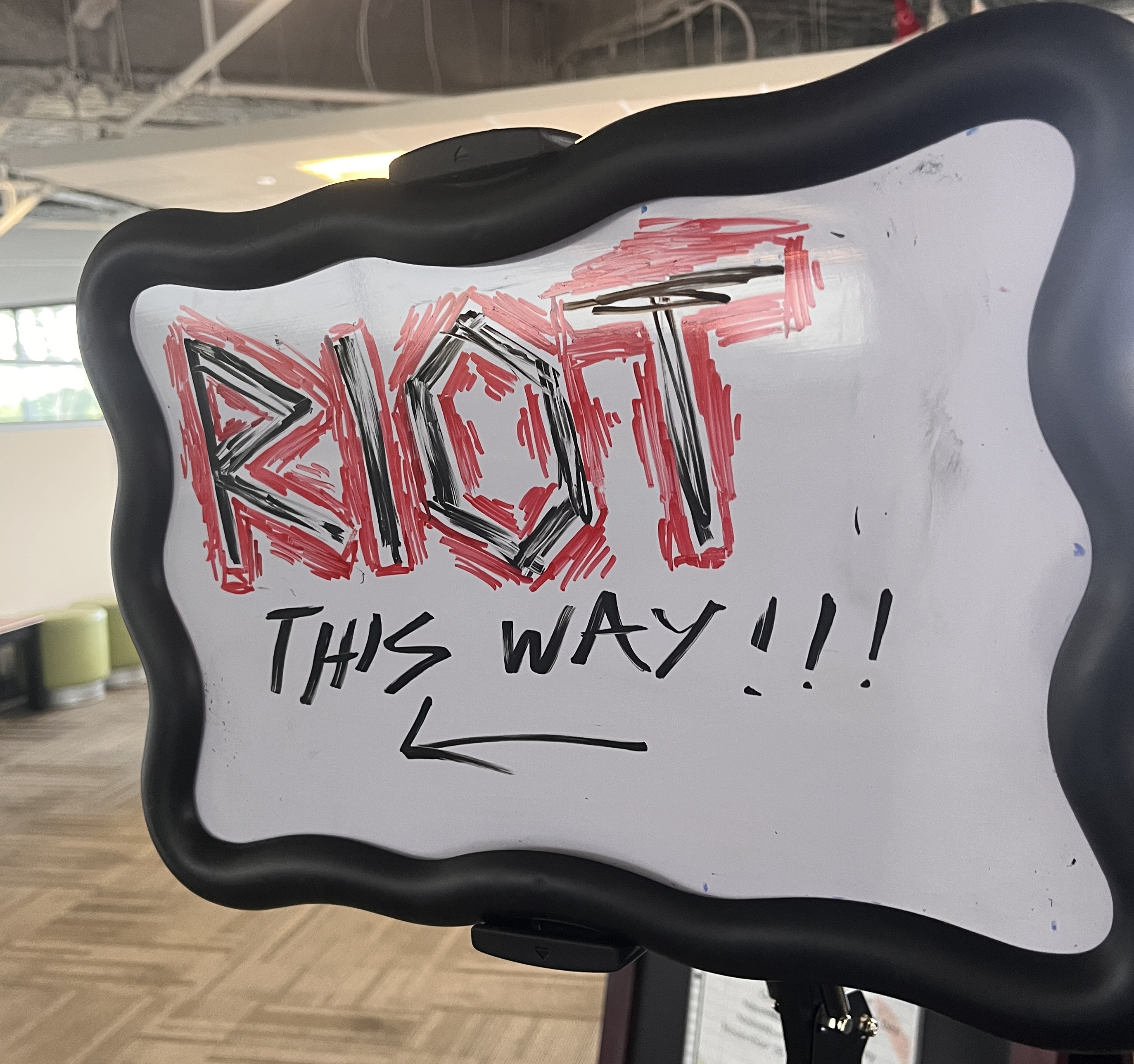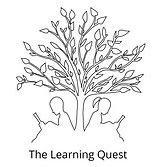
A Learner’s Call for Change
I had the privilege of attending the first meeting of a group convened by a 15-year-old high school sophomore who has never felt at home in school. Her story is powerful. At just six years old, she started her first business selling dog treats, and today she runs her own babysitting enterprise. Yet, despite her drive, creativity, and entrepreneurial spirit, she finds little space for her voice or vision within the traditional classroom.
This young learner distributed flyers at her school to invite peers to join her in reimagining education. The response from school leadership was suspension. Instead of asking why she feels disconnected, or what her initiative reveals about the unmet needs of students, the system chose punishment.
Her flyer, which boldly read “Let’s start a riot: events, boycotts, and protests for us by us to fix our broken system,” was not a call to chaos but to agency. The “ours” in her words is telling—students see themselves as an intrinsic part of the system, yet one that is silenced rather than engaged. She and her peers are asking for ownership of their educational journey, and for a voice in shaping the learning environment that profoundly impacts their lives.

Convened by her, the youth gathered on a Thursday afternoon to discuss what exactly they do not like about school and how they can go about changing it. These young men and women—freshmen, juniors, and seniors—came together to talk not only about education, but also about freedom, economics, and politics. Their concerns were genuine: nothing we learn sticks, one said. Others noted that teachers “mind their own business,” complained about the food, and about being forced to study things they have no interest in. Then the young convenor challenged them: What if you didn’t have to go to school from 9 to 5? What would you be doing? One quickly replied: Making money.
Their wish is simple and profound: more opportunities to learn by doing. They spoke about the lack of communication, the lack of freedom, and experiences of racism. They feel some teachers are giving up on students, which raises a good point—how can teachers thrive if the system itself is broken? They see no systemic change, while the world spins quickly outside the walls of school. As one participant put it, the current system does not even know what learners need to know once they graduate.
The call emerging from this meeting was clear: build a community to change the world. History shows that many transformative movements have been shaped or sparked by young people, even when they were underestimated. These learners are now setting out on their own path.
What stood out most was the tone of the meeting. They were all respectful, listening in silence as each took a turn to speak. They plan to meet again next Thursday to polish their vision, mission, and calls to action.
Adults may dismiss such language as too radical—calling it rebellion, a riot, or simply adolescent frustration. But it is a voice we must take seriously. When young people say openly that they “hate school,” we should be curious, not punitive. We should ask what is broken and what can be rebuilt.
The truth is that our education system has not kept pace with the world in which learners live. While everything around them has transformed, schools remain largely unchanged. A diploma can no longer be assumed to carry the skills, adaptability, or clarity of purpose needed to thrive in today’s society.
Learner-led initiatives may look messy, unconventional, even uncomfortable. But they are essential. They show us that young people are ready to lead conversations about what education should become. Their call is not just a critique—it is an invitation to co-create something better.
The meeting was a reminder: when learners themselves take the risk to step forward, the least adults can do is listen.
SITEMAP
SUPPORT US


